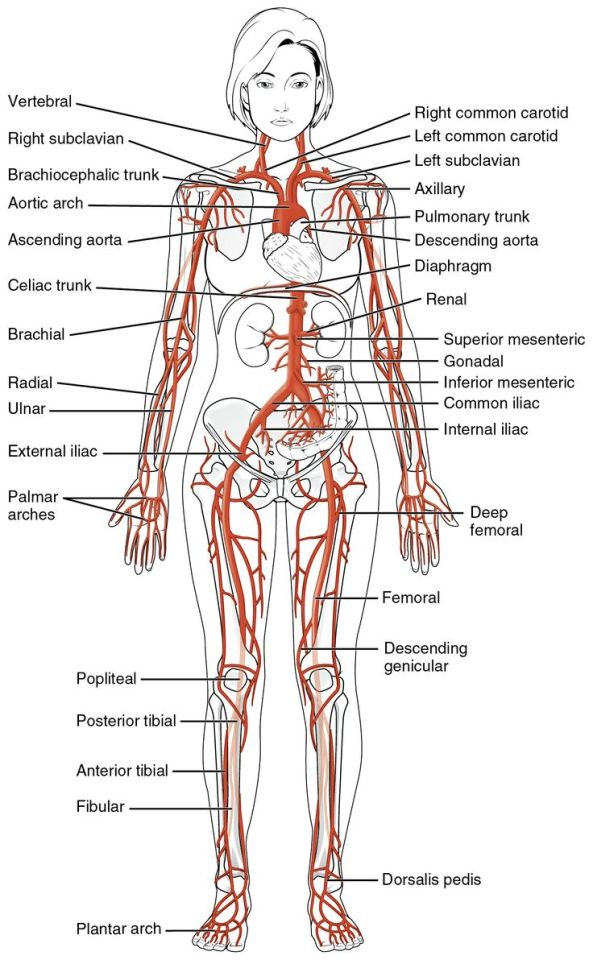science, medicine, and prehospital care...from a paramedic student and EMT
Don't wanna be here? Send us removal request.
Photo
How to Roofie an Elephant Carfentanil is 100 times more potent than fentanyl and 10,000 times more potent than morphine.
It is used primarily to knock large animals (think: elephants) out cold: imagine what it can do to a human being...
The City of Akron, OH suffered more than 50 carfentanil deaths over a three month period in 2016.
Presents just like the usual opiates/opioids, but the side effects are much more severe. Treat aggressively with Narcan (much higher doses - over 10 mg - may be necessary just to obtain a response).
As always, your safety is paramount. Under no circumstances should you try and handle this drug in any form. Exposure to it could very realistically kill you. If the drug is in liquid form, even a drop of it on either your skin or in one of your mucous membranes is enough to dose you. Even the drug residue can render you unconscious.
Let HAZMAT deal with any suspected carfentanil while you take care of the patient.
[Image description 1: Top label reading “DRUG POTENCY” Large pill diagram labelled “Carfentanil: 10,000x” Much smaller pill diagram labelled “Fentanyl: 100x” Even smaller pill diagram labelled “Heroin: 2x” Smallest pill diagram labelled “Morphine: 1x”]
[Image description 2: image of an overturned salt shaker overlaid with the words: “The equivalent of one grain of salt of Carfentanil is enough to kill a human being.”]

In the bathroom at work, I learn useful things like How to Roofie an Elephant #ems #paramedic #carfentayl
#ems#paramedic#carfentanil#fentanyl#morphine#heroin#opiates#opioids#overdose#emergency medicine#drugs
8 notes
·
View notes
Photo
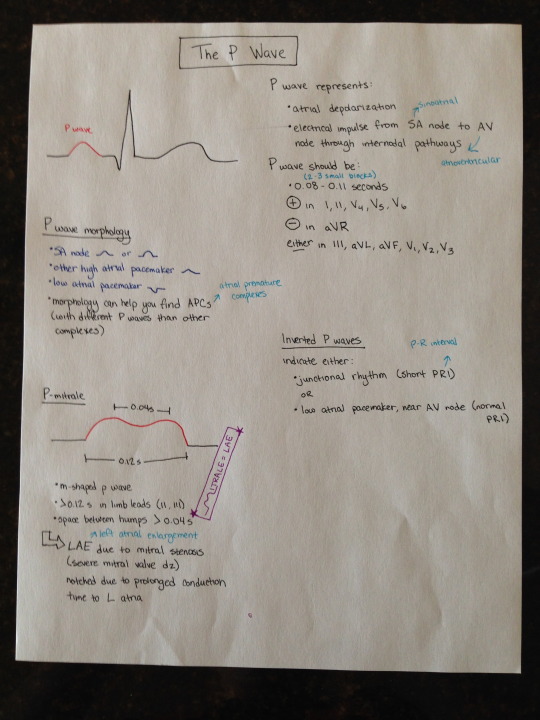
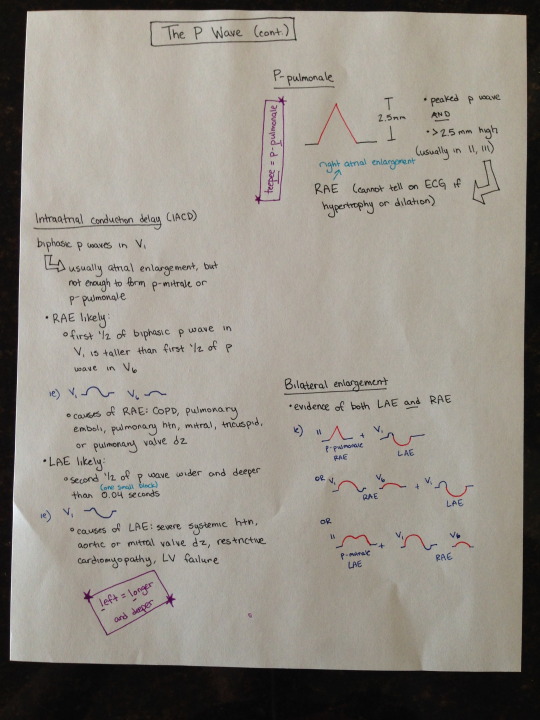
Notes from my Advanced 12-Lead ECG class (transcript in the read more link)
[Photo 1: The P Wave
P wave represents:
atrial depolarization
electrical impulse from SA (sinoatrial) node to AV (atrioventricular) node through internodal pathways)
P wave should be:
0.08-0.11 seconds (2-3 small boxes)
(+) [positive] in I, II, V4, V5, V6
(-) [negative] in aVR
either in III, aVL, aVF, V1, V2, V3
P wave morphology
SA node [upright and symmetrical]
other high atrial pacemaker [upright and skewed left]
lower atrial pacemaker [inverted and asymmetrical]
morphology can help you find APCs (atrial premature complexes] (with different P waves than other complexes)
Inverted P waves indicate either:
junctional rhythm (short PRI [P-R interval]) OR
low atrial pacemaker, near AV node (normal PRI)
P-mitrale
m-shaped p wave
> [greater than] 0.12 s [seconds] in limb leads (II, III)
space between bumps > [greater than] 0.04 s [seconds] (one small box)
indicate LAE (left atrial enlargement) due to mitral stenosis (severe mitral valve dz [disease]), notched due to prolonged conduction time to L [left] atria
*memory tool* mITRALE=LAE [shape of p wave resembles m]]
[Photo 2: The P Wave (cont.)
P-pulmonale
peaked p wave AND
> [greater than] 2.5 mm high (usually in II, III)
indicate RAE (right atrial enlargement), cannot tell on ECG if hypertrophy or dilation
*memory tool* teePEE = p-Pulmonale
Intraatrial conduction delay (IACD) biphasi p waves in V1
indicate usually atrial enlargement, but not enough to form p-mitrale or p-pulmonale
RAE (right atrial enlargement) likely:
first 1/2 of biphasic p wave in V1 is taller than first 1/2 of p wave in V6
causes of RAE: COPD, pulmonary emboli, pulmonary htn [hypertension], mitral, tricuspid, or pulmonary valve dz [disease]
LAE (left atrial enlargement) likely:
second 1/2 of p wave wider and deeper than 0.04 seconds (one small box)
causes of LAE: severe systemic htn [hypertension], aortic or mitral valve dz [disease], restructive cardiomyopathy, LV [left ventricle] failure
*memory tool* Left = Longer and deeper
Bilateral enlargement
evidence of both LAE and RAE
ie: [peaked p wave in II, evidence of p-pulmonale (RAE) + wide and deep second 1/2 of biphasic p wave in V1, evidence of LAE]
OR [first 1/2 of biphasic p wave in V1 taller than first 1/2 of p wave in V6, evidence of RAE + wide and deep second 1/2 of biphasic p wave in V1, evidence of LAE]
OR [m-shaped p wave in II, evidence of p-mitrale (LAE) + first 1/2 of biphasic p wave in V1 taller than first 1/2 of p wave in V6, evidence of RAE]
4 notes
·
View notes
Photo
This is a great picture I found that shows the structure and division of the spinal cord, along with all of it’s functions. It’s very clear and simple - making it very easy to learn for nclex.
And here’s a tip for you - I’ve seen many nclex practice questions that focus on Spinal Cord Injury affecting C1-4, which affect breathing.
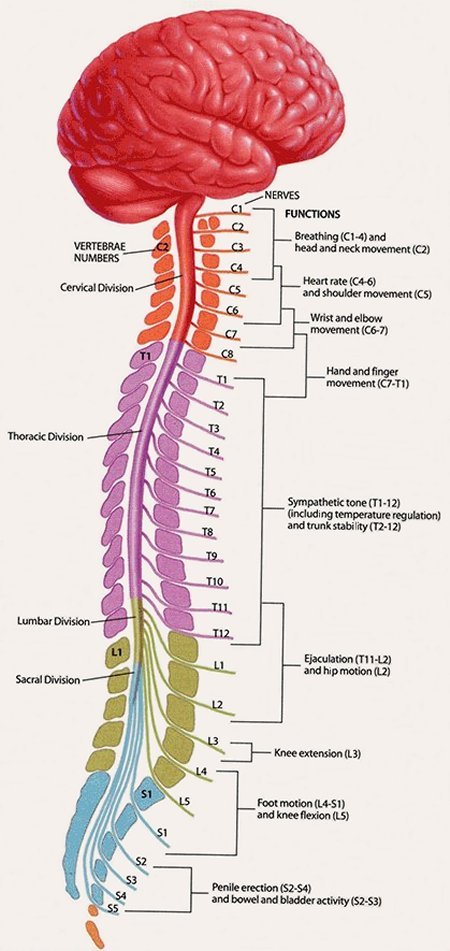
1K notes
·
View notes
Photo

I painted a diagram of the heart and the-circus-of-dreams' dad's girlfriend asked if she could have it so she could frame it and it made me really happy // (x)
359 notes
·
View notes
Photo

Heart block poem
4K notes
·
View notes
Photo

Hemopericardium: Caused by bleeding into the pericardial sac. The cause of this may be penetration by a sharp object or projectile, blunt chest trauma, rupture of the heart wall as a result of mitral valve problems or damage to the myocardium following a heart attack and rupture of an aneurysm or dissection of the aorta.
452 notes
·
View notes
Photo

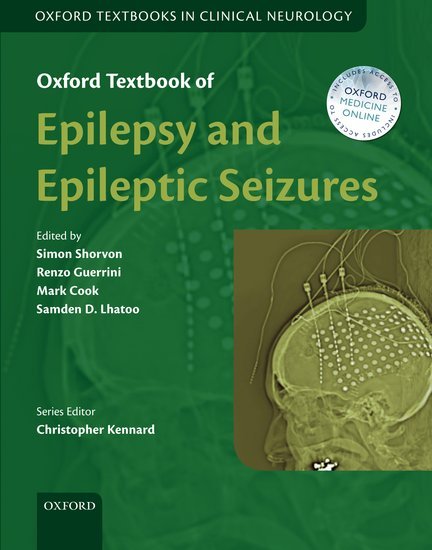



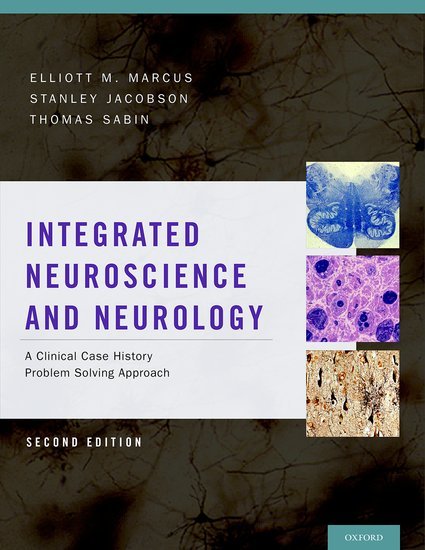
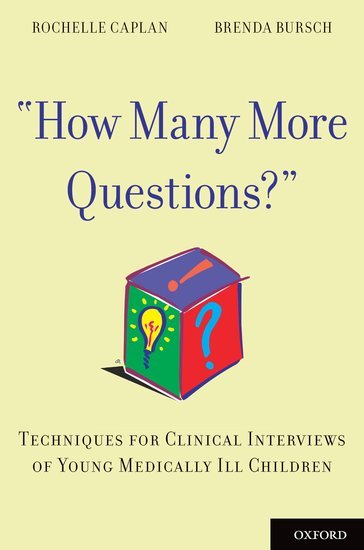



Epilepsy is a disorder of cerebral function accompanied by recurrent seizures and sometimes loss of consciousness. If you’ve experienced or witnessed an epileptic episode, it can often seem quite scary, but now is a good opportunity to foster greater understanding among medical professionals and the general public.
The annual meeting for the American Epilepsy Society is taking place 5-8 December 2014 in Seattle, Washington. If you’re looking for a book to accompany your mid-meeting coffee break, stop by booth 219 to pick up one of these epilepsy titles.
Epilepsy Board Quick Review: Selected Tables and Figures from Seizures and Epilepsy by Derome Engel, Jr.
Seizures and Epilepsy, Second Edition by Jerome Engel, Jr.
Understanding Antiepileptic Drugs: Guiding You Through the Maze of Optionsby Bernd Pohlmann-Eden and Bernhard J. Steinhoff
“How Many More Questions?”: Techniques for Clinical Interviews of Young Medically Ill Children by Rochelle Caplan and Brenda Bursch
Oxford Textbook of Epilepsy and Epileptic Seizuresedited by Simon Shorvon, Renzo Guerrini, Mark Cook, and Samden D. Lhatoo
Atlas of EEG, Seizure Semiology, and Management, Second Edition by Karl E. Misulis
Neurology for the Hospitalist: A Practical Approachby David Likosky, S. Andrew Josephson, Michael J. Pistoria, and William D. Freeman
Manual of Neurological Signsby John G. Morris and Padraic J. Grattan-Smith
Atlas of Nerve Conduction Studies and Electromyography by A. Arturo Leis and Michael P. Schenk
Integrated Neuroscience and Neurology: A Clinical Case History Problem Solving Approach, Second Edition by Elliott M. Marcus, Stanley Jacobson, and Thomas D. Sabin
Jasper’s Basic Mechanisms of the Epilepsies, Fourth Edition edited by Jeffrey L. Noebels, Massimo Avoli, Michael A. Rogawski, Richard W. Olsen, and Antonio V. Delgado-Escueta
Cognitive Plasticity in Neurologic Disordersedited by Joseph I. Tracy, Benjamin M. Hampstead, and K. Sathian
What books on neurology and epilepsy would you recommend?
257 notes
·
View notes
Photo
Anatomy and art!
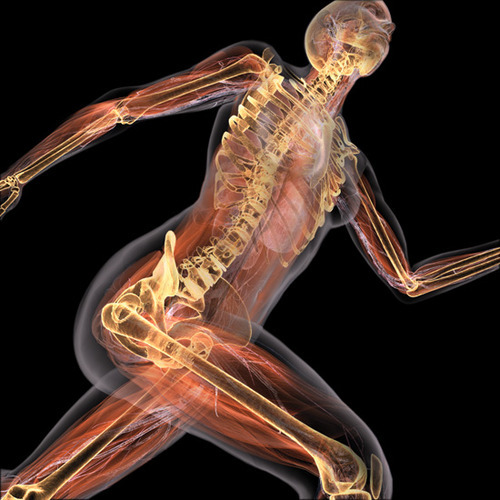
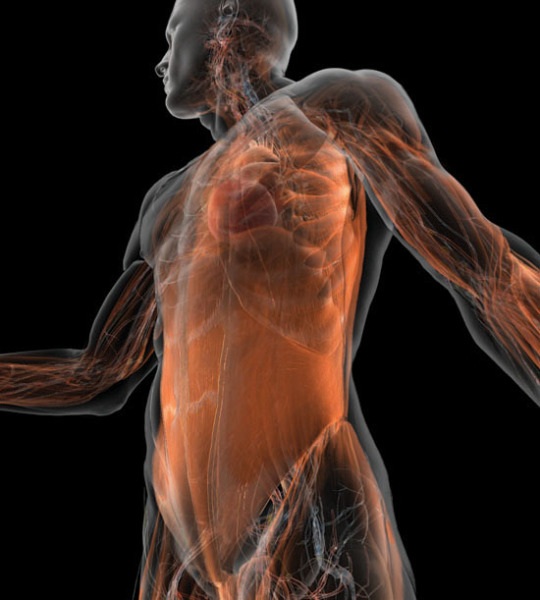
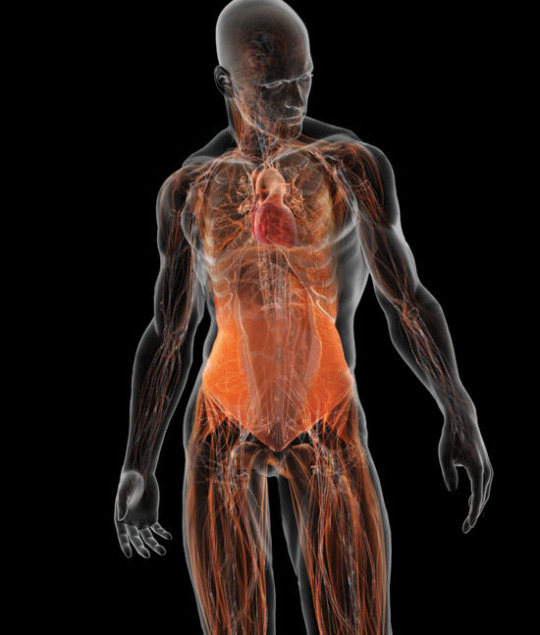


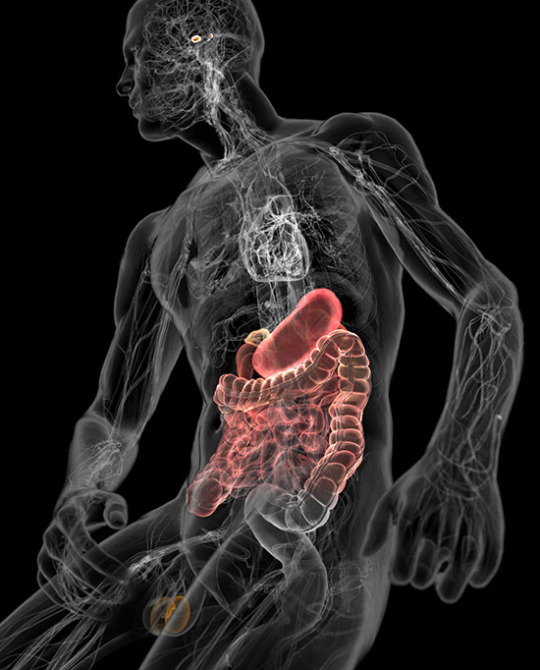
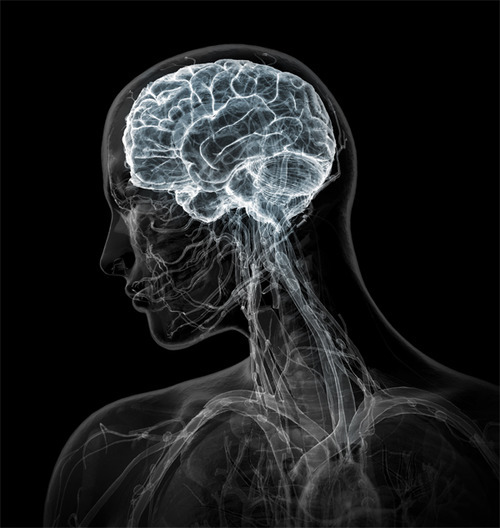

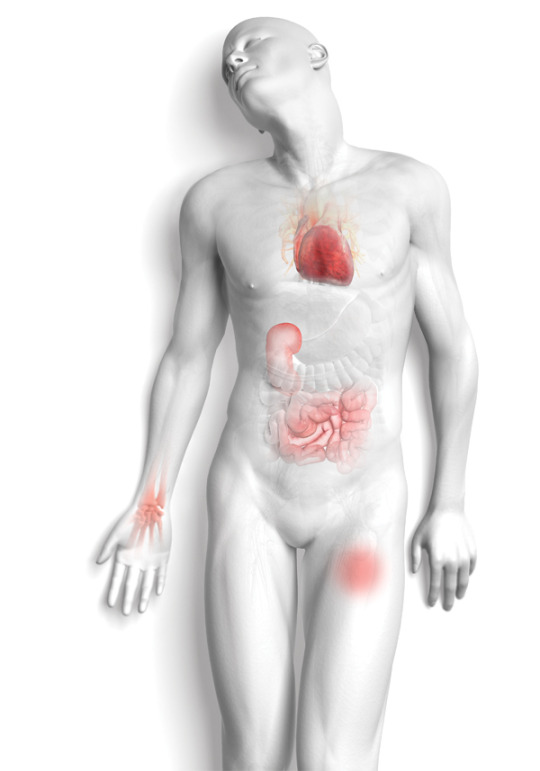
Bryan Christie Design
Bryan Christie. I had seen this name over and over again in the fine print every time I saw a beautiful medical visual in a magazine. From Scientific American to Newsweek it seemed like Bryan Christie’s crisp, clear, and aesthetically pleasing visuals dominated medical editorial illustration. Problem was I had never heard of him in the rather small sphere of medical illustrators.
2K notes
·
View notes
Photo
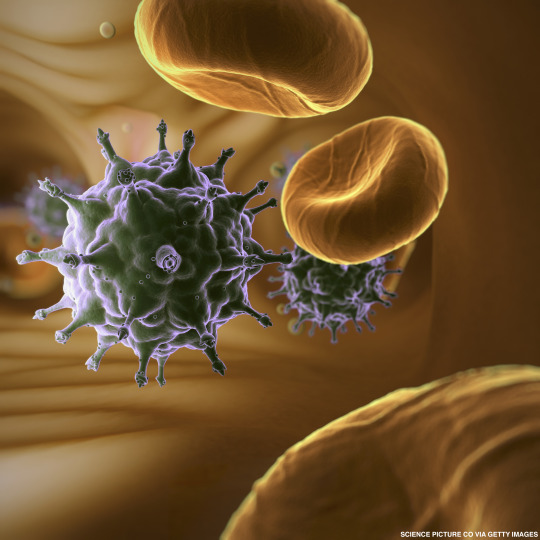
HIV’s Ability To Cause AIDS Is Weakening Over Time
Rapid evolution of HIV, the human immunodeficiency virus, is slowing its ability to cause AIDS, according to a study of more than 2,000 women in Africa. Scientists said the research suggests a less virulent HIV could be one of several factors contributing to a turning of the deadly pandemic, eventually leading to the end of AIDS.
535 notes
·
View notes
Text
yall realize the average lifespan for a trans woman is 30-32 years.. and that is largely because of hate crimes resulting in murder.. ALL feminists need to support trans women and not just because they want to because they need to
185K notes
·
View notes
Photo



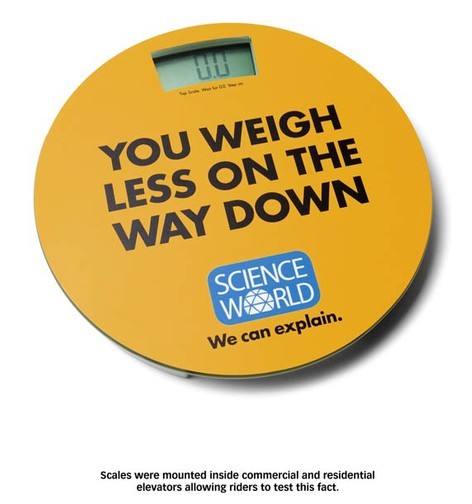
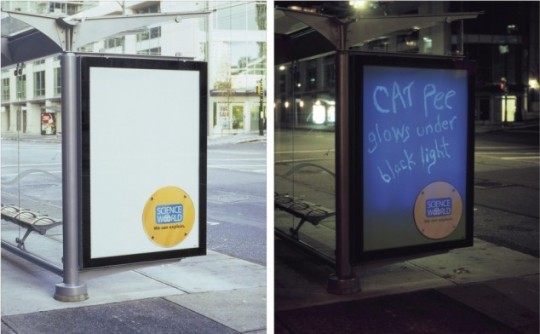
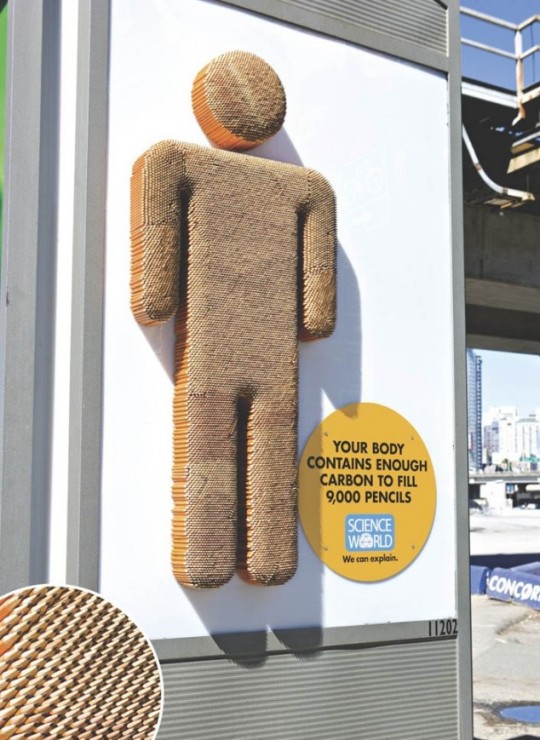



Love this promotional work for Science World.
291K notes
·
View notes
Photo





Snowy Yussupov garden in Saint Petersburg.
1K notes
·
View notes
Photo
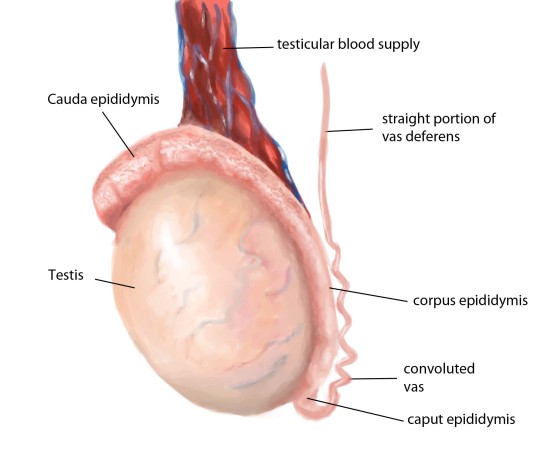
anatomy of the testicle
324 notes
·
View notes
Photo

Pneumothorax
270 notes
·
View notes
Photo

ABCs of antihypertensives - nclex tip!
409 notes
·
View notes
